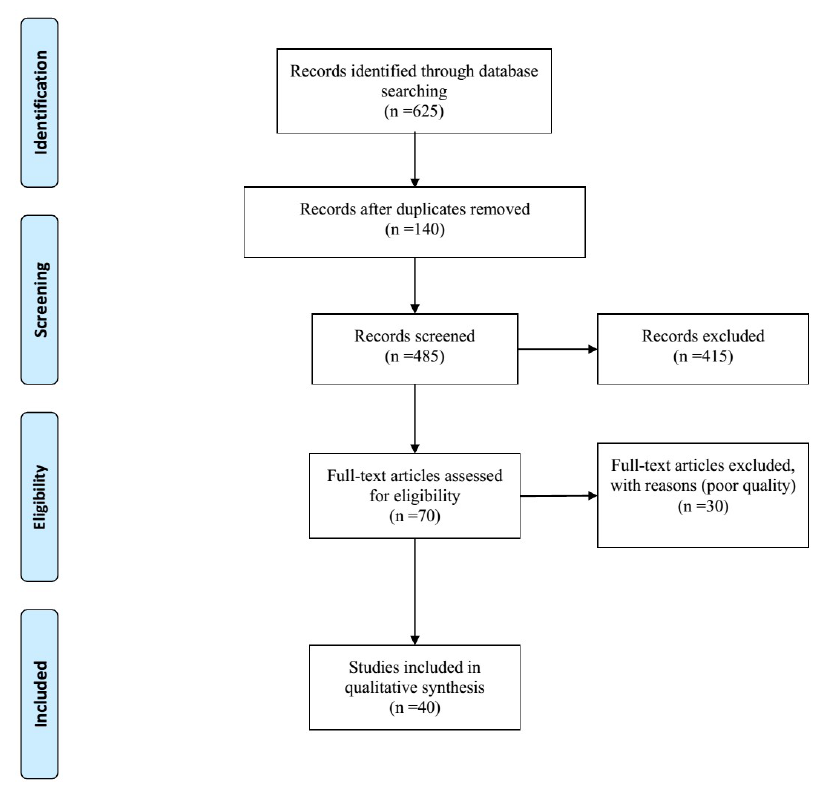Nutrition and osteoporosis prevention and treatment
DOI:
https://doi.org/10.15419/bmrat.v7i4.598Keywords:
Osteoporosis, Nutrition, Calcium, Vitamin DAbstract
Introduction: Osteoporosis falls among the major general health issues, specifically in the elderly, and is a widespread disease these days. According to various studies, good nutrition plays a significant role in osteoporosis prevention and treatment. The aim of this study was to conduct an extensive literature review on the effects of different nutrients to understand how macronutrients, micronutrients, and non-nutritive substances affect bone health.
Methodology: To find relevant studies, the main keyword “osteoporosis” was searched in combination with “zinc,” “vitamin K,” “phosphorus,” “vitamin D,” “calcium,” “lipid,” “protein,” and “phytoestrogens” in PubMed (MEDLINE), Web of Science, SID, and Iran Medex databases.
Findings: The most important element for bone health is calcium, which has a direct link to the bone mass density (BMD). In the case of calcium deficiency, high phosphorus content can damage bone tissue. The acceptable ratio of phosphorus to calcium is 0.5-1.5:1. Vitamin D is another important nutrient for bones; serum levels of vitamin D less than 20 ng/ml reduce bone density and increase the risk of fracture. High protein intake results in calcium excretion and loss of bone mass. In addition, calcium deficiency increases the risk of osteoporosis, specifically in the elderly. According to the literature, there is an inverse correlation between saturated fats and BMD. Vitamin K and magnesium deficiencies are correlated with BMD reduction and increased risk of osteoporosis. Copper and zinc are used as co-factors in the formation of collagen and elastin, and in mineralization of bone. As a result, deficiency of these elements may disrupt the process of incorporating minerals into the bone matrix.
Conclusion: Good nutrition may play a significant role in osteoporosis prevention and treatment. Indeed, a healthy diet containing calcium (1,200 mg/day); vitamin D (600 IU); and certain amounts of protein, magnesium, and vitamin K can contribute greatly to bone health.

Downloads
Published
Issue
Section
License
Copyright The Author(s) 2017. This article is published with open access by BioMedPress. This article is distributed under the terms of the Creative Commons Attribution License (CC-BY 4.0) which permits any use, distribution, and reproduction in any medium, provided the original author(s) and the source are credited.
